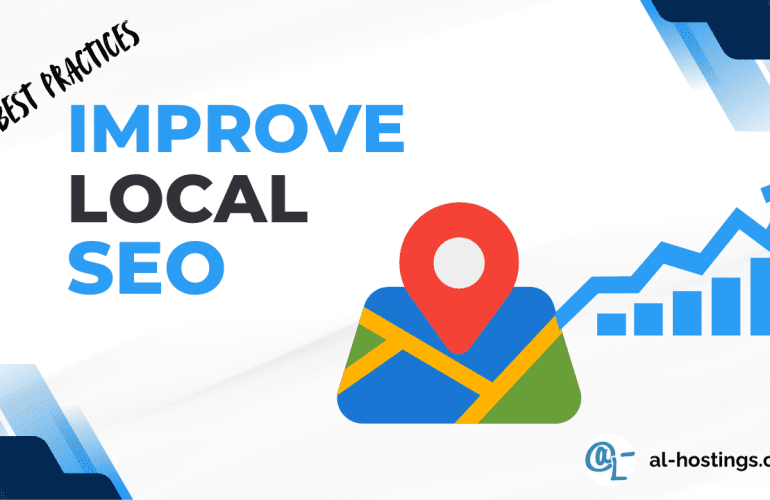Nowadays, web accessibility has become a critically important issue. According to the W3C, the Web Accessibility Initiative, many modern websites are designed without taking into account the needs of people with cognitive, hearing and visual diversity. Unfortunately, not all users have the same level of access to digital resources. This creates accessibility barriers that make websites almost impossible to use for some people.
The lack of consideration for the needs of people with cognitive, hearing and visual diversity can create significant barriers that hinder access to online resources for this part of the population.
However, adopting an inclusive approach to web design not only benefits this group, but also offers a number of significant advantages for businesses.
Benefits for your Company:
Improved SEO
Search engine optimization (SEO) is crucial in the digital world. An accessible and well-designed website can improve your search engine rankings, increasing your visibility and attracting traffic.
Bounce Rate Reduction
An inclusive and easy-to-use website tends to retain visitors longer, reducing the bounce rate and increasing interaction with the content.
Increase in Traffic
By making your website accessible to everyone, you expand your potential audience and attract segments of the population that are often overlooked.
Improvement of Corporate Image
Being considered socially responsible and valuing inclusivity can improve the perception of your brand, generating trust and loyalty among customers.
Positive Social Impact
Web accessibility not only benefits people with cognitive, auditory and visual diversity. It also contributes to the removal of barriers and ensures that everyone has equal access to online information and services.
Legal Compliance
Many countries have established specific regulations on web accessibility, making inclusion a legal obligation for many companies.
Important Considerations
- User-Centered Design: It is essential to adopt a user-centered approach when designing accessible web pages, taking into account the needs and experiences of people with cognitive, auditory and visual diversity.< /li>
- Education and Awareness: Training teams on web accessibility best practices and raising awareness about the importance of inclusion can improve the implementation and maintenance of accessible standards.
- Continuous Testing and Improvement: Conducting accessibility testing with real users and being open to feedback and continuous improvements is key to ensuring an inclusive and satisfying experience for all site visitors.
Conclusion:
Web accessibility is not only a matter of equity and social responsibility, but also a strategic business decision. By making your website inclusive you are also positioning your business for long-term growth and success. Inclusion not only benefits people with cognitive, hearing and visual diversity, but also enriches the online experience for everyone. Inclusion encourages creativity, innovation and problem solving within the organization.
Contact us here if you need help making your website accessible to everyone.

WordPress Expert, SEO & UX Optimization | I help freelancers and SMEs grow their business. | Web Design and Development Specialist for Startups, SMEs, and Personal Projects




